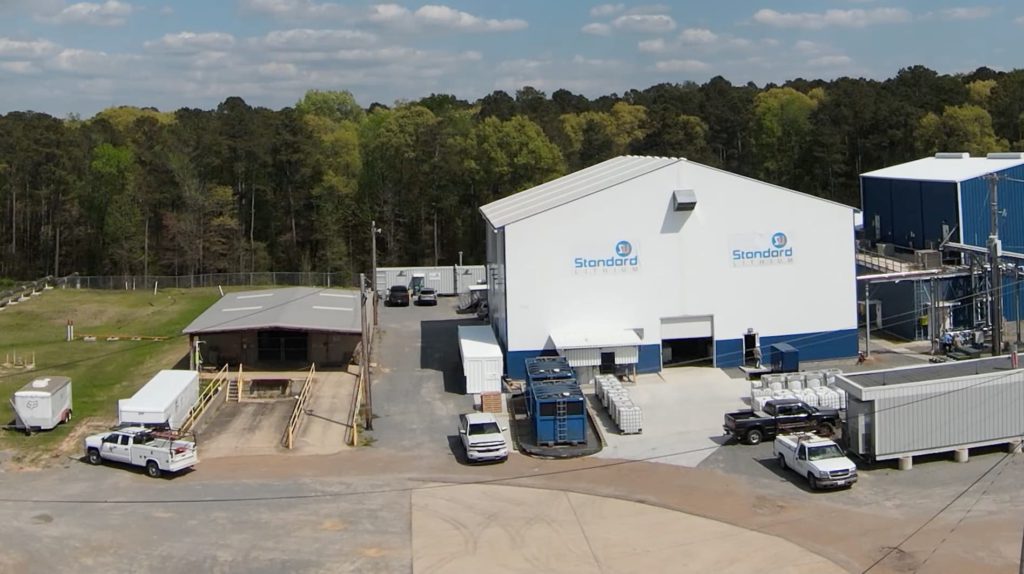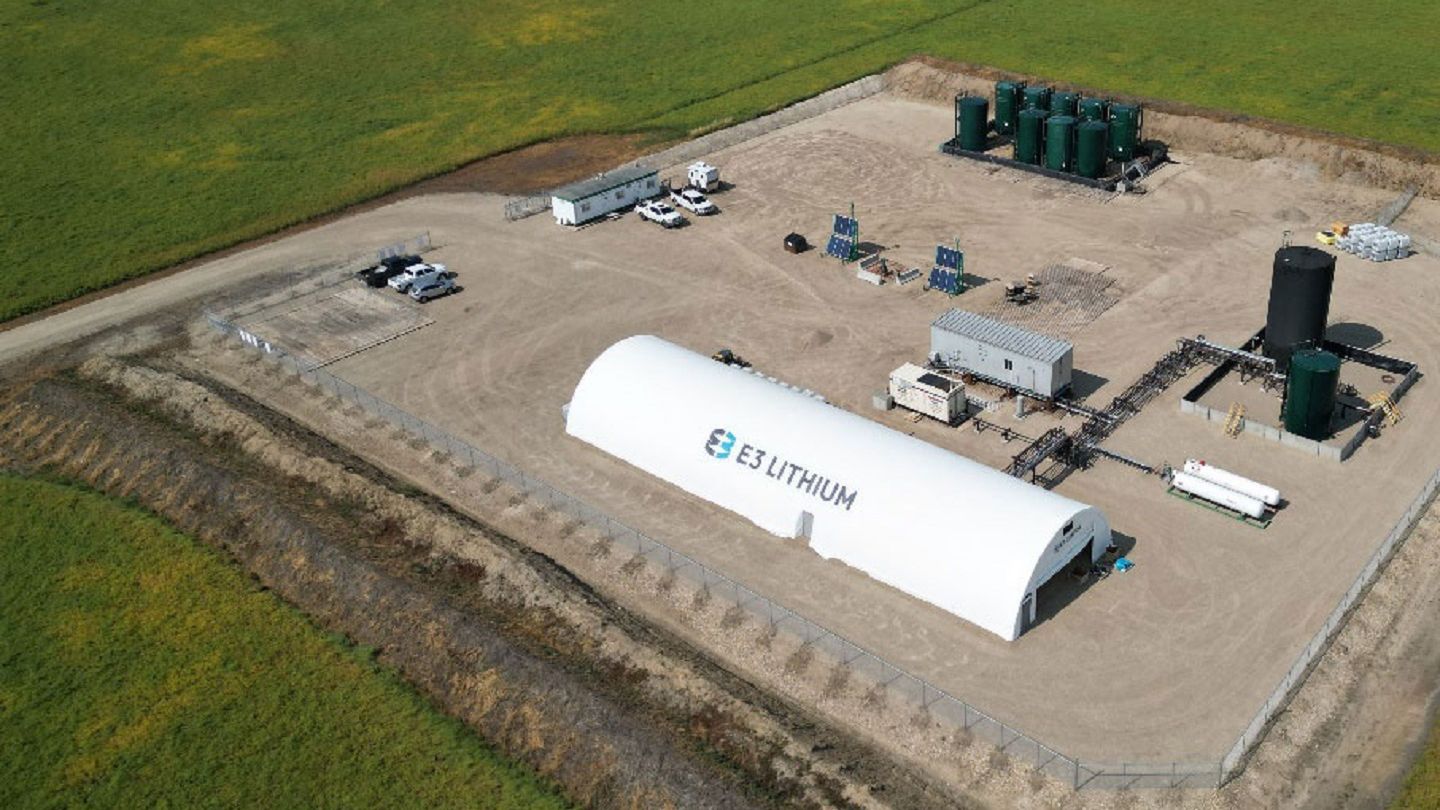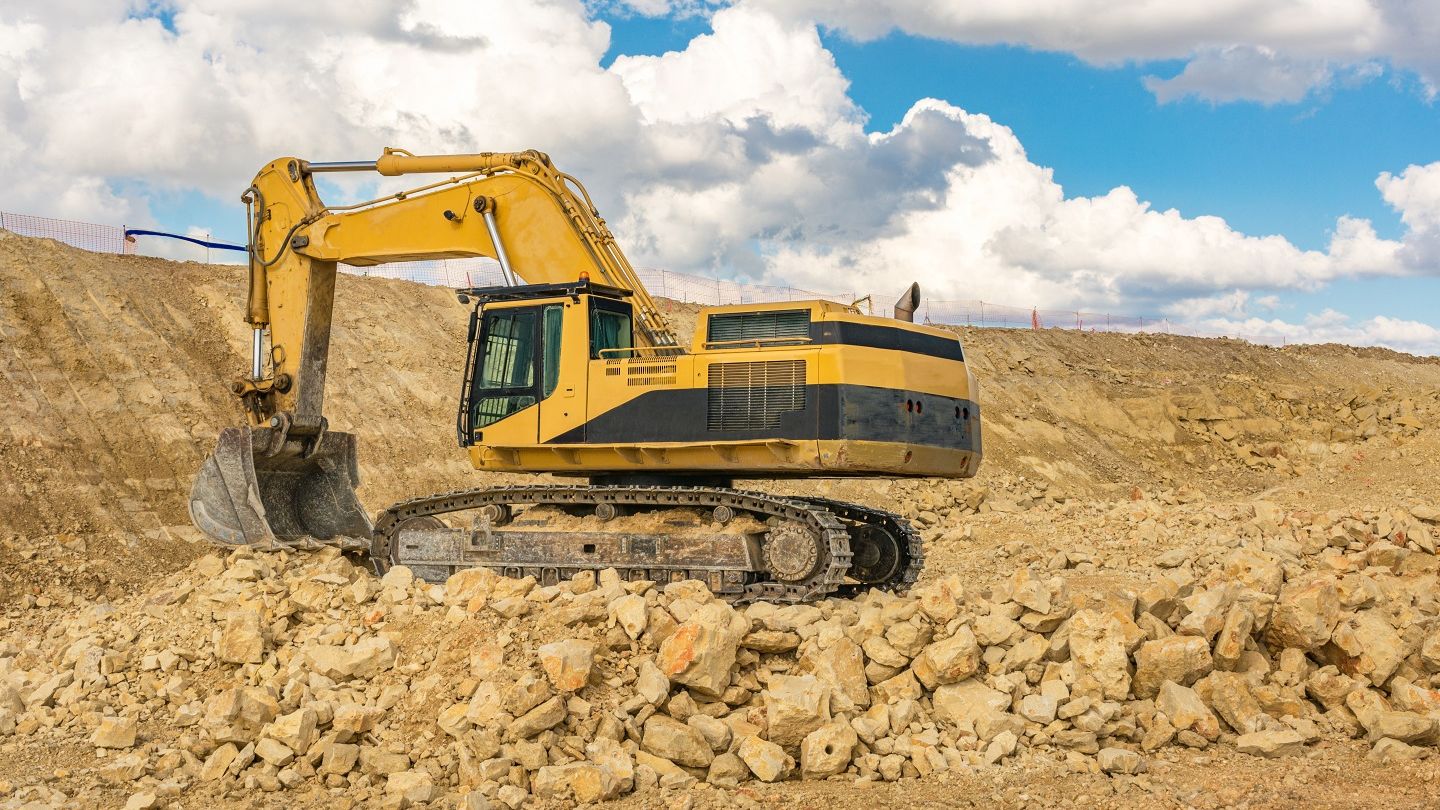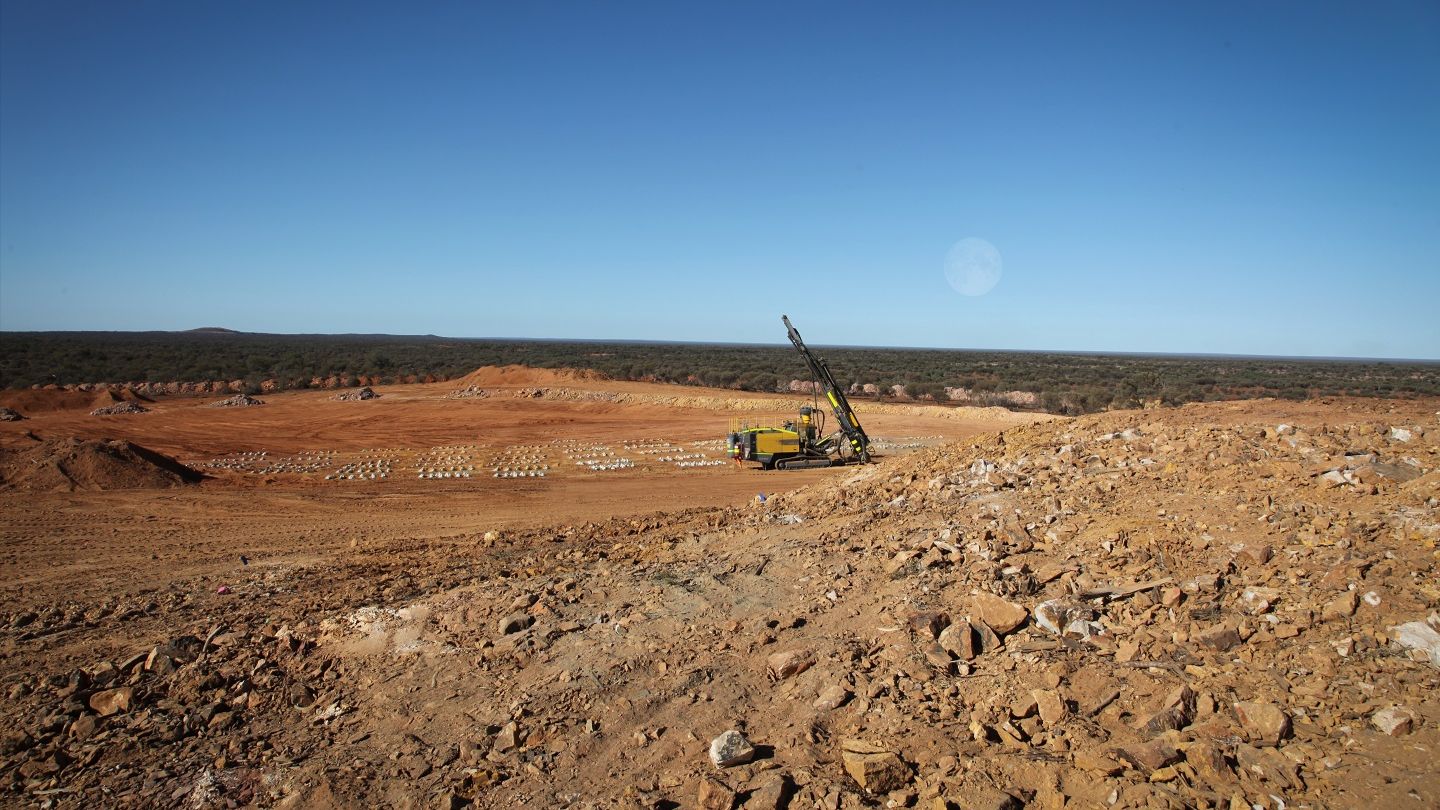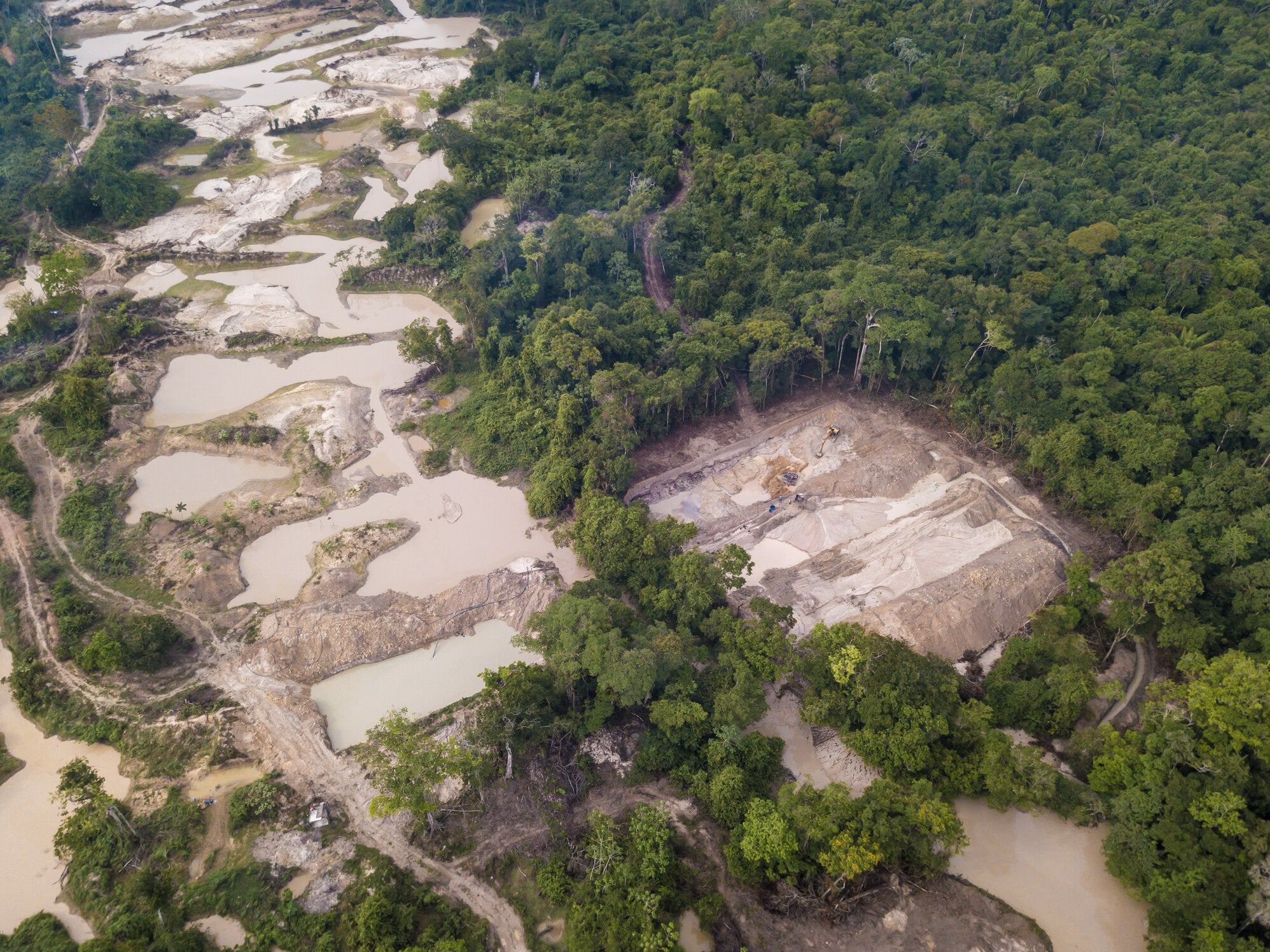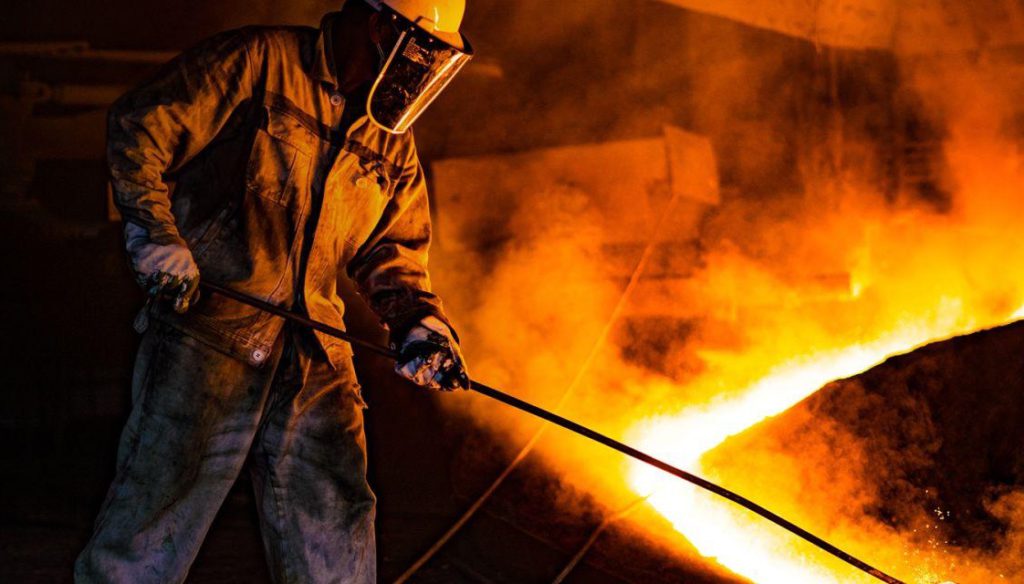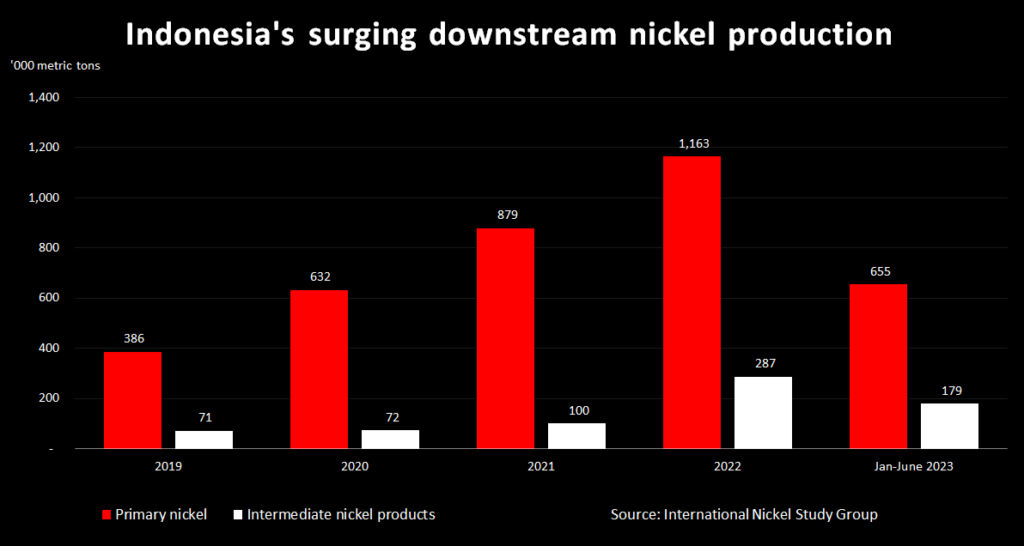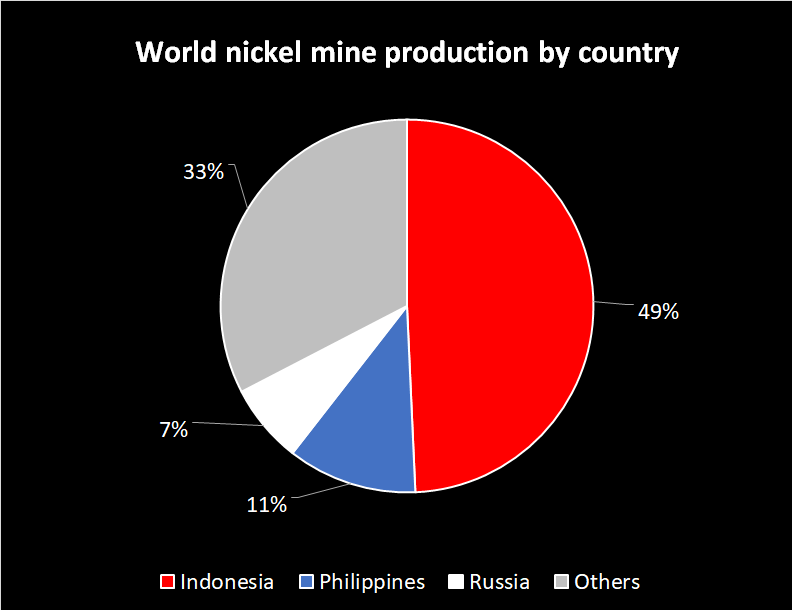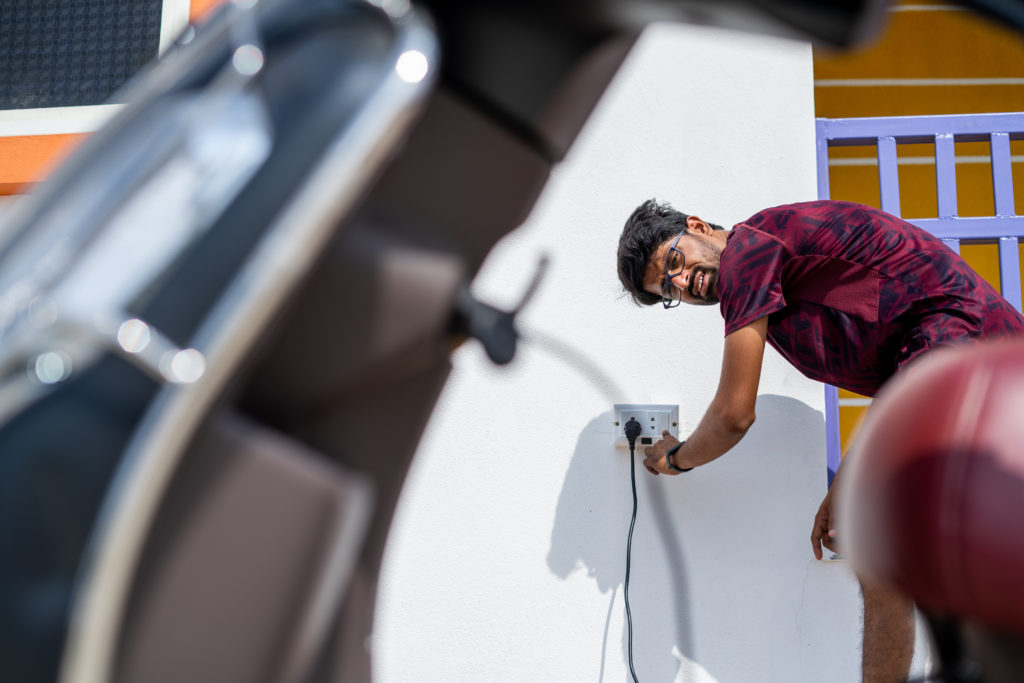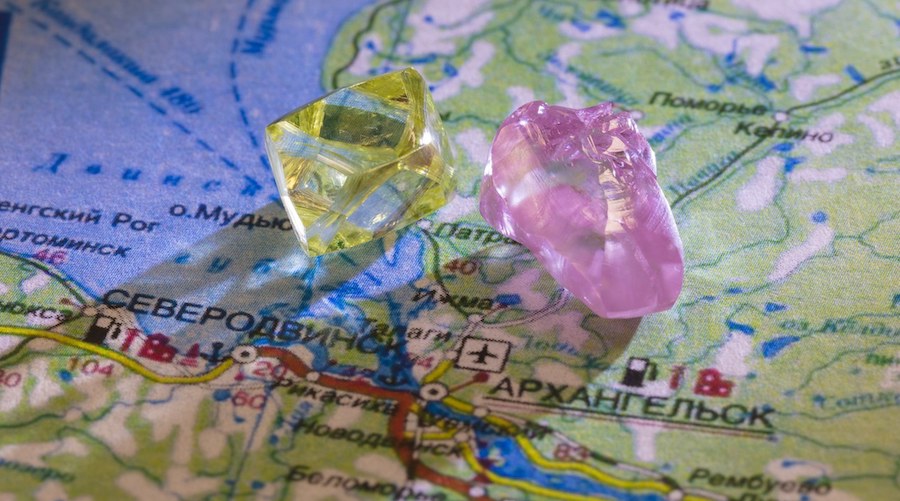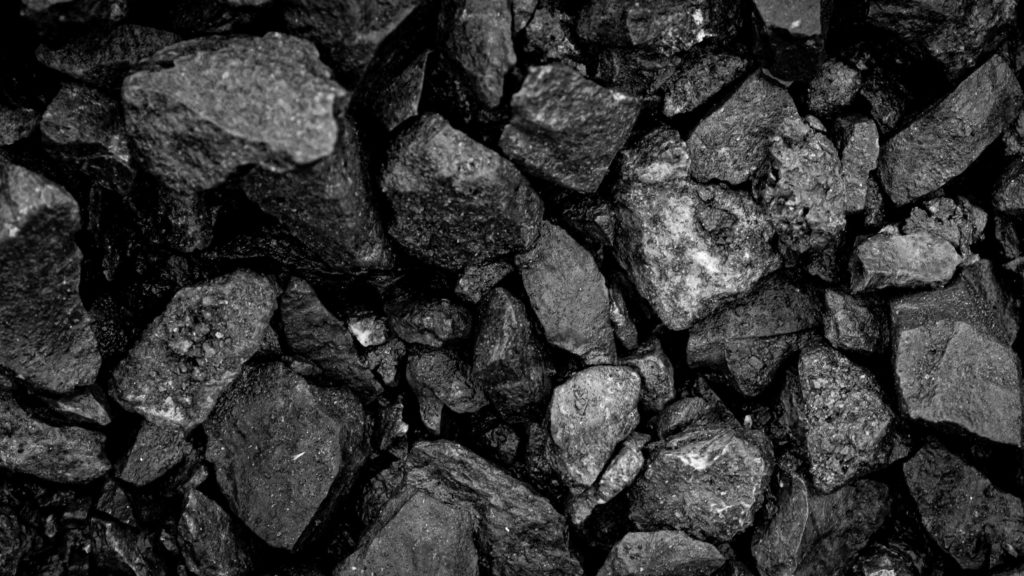Saudis Pour Money Into American Lithium
Saudi Arabia-based investment company Energy Capital Group (ECG) has invested in U.S.-based Pure Lithium, a company that specializes in lithium metal batteries, for an undisclosed sum. Pure Lithium is looking to establish a fully integrated supply chain in Saudi Arabia, using its proprietary technology that extracts lithium from oil field brines.
“We are thrilled with Energy Capital Group’s investment in Pure Lithium. They recognise the value and impact we can have in the kingdom by unlocking oilfield brines to create a battery-ready electrode, eliminating 90 per cent of the current associated costs,” Emilie Bodoin, founder and chief executive of Pure Lithium, has said.
Famous as one of the leading oil and gas producers, Saudi Arabia is increasingly investing in clean energy. Recently, Saudi Aramco launched a $1.5 billion Sustainability Fund that will invest in technology supporting a “stable and inclusive” energy transition, making this among the largest-ever sustainability-focused venture capital funds in the world. The fund’s initial focus areas include carbon capture and storage(CCS), greenhouse gas emissions, energy efficiency, nature-based climate solutions, hydrogen, ammonia, digital sustainability and synthetic fuels. The fund will target investments globally.
Direct Lithium Extraction
A fleet of direct lithium extraction (DLE) technologies are being developed to tap salty brine deposits across North America, Europe, Asia and elsewhere, with the U.S. Geological Survey estimating the technology could unlock 70% of global reserves of the metal. Whereas DLE technologies vary, they are generally comparable to common household water softeners, and aim to extract ~90% of lithium in brine water vs. 50% using conventional ponds.
Their biggest draw: they can supply lithium for EV batteries literally in a matter of hours or days, way faster than 12-18 months needed to be filtered through in order to be able to extract lithium carbonate from water-intensive evaporation ponds and open-pit mines.
DLE also comes with the added bonus of offering ESG/sustainability benefits: DLE technologies are portable, able to recycle much of their fresh water and limit hydrochloric acid use.
"The world needs abundant, low-cost lithium to have an energy transition, and DLE has the potential to meet that goal," Ken Hoffman, co-head of the EV Battery Materials Research group at McKinsey & Co., has told Reuters.
"The industry is so close to a major leap forward," John Burba, who helped invent a prominent DLE technology and is IBAT's executive chairman, has told Reuters.
The DLE industry is expected to grow to more than $10 billion in annual revenue within the next decade. Commercial scale DLE projects are expected to start coming online in 2025, and could supply 13% of global lithium supply by 2030, as per projections by Fastmarkets.
